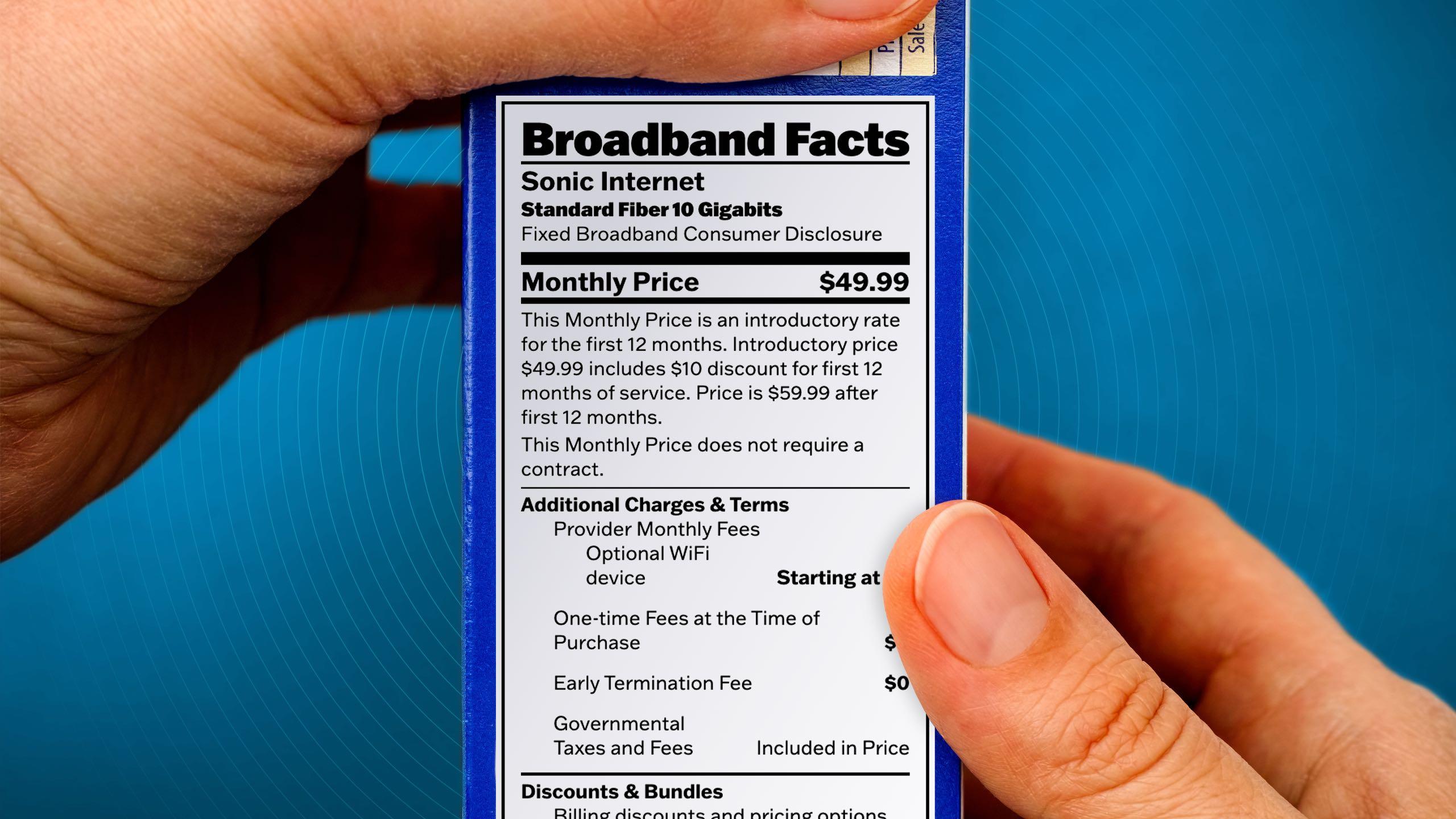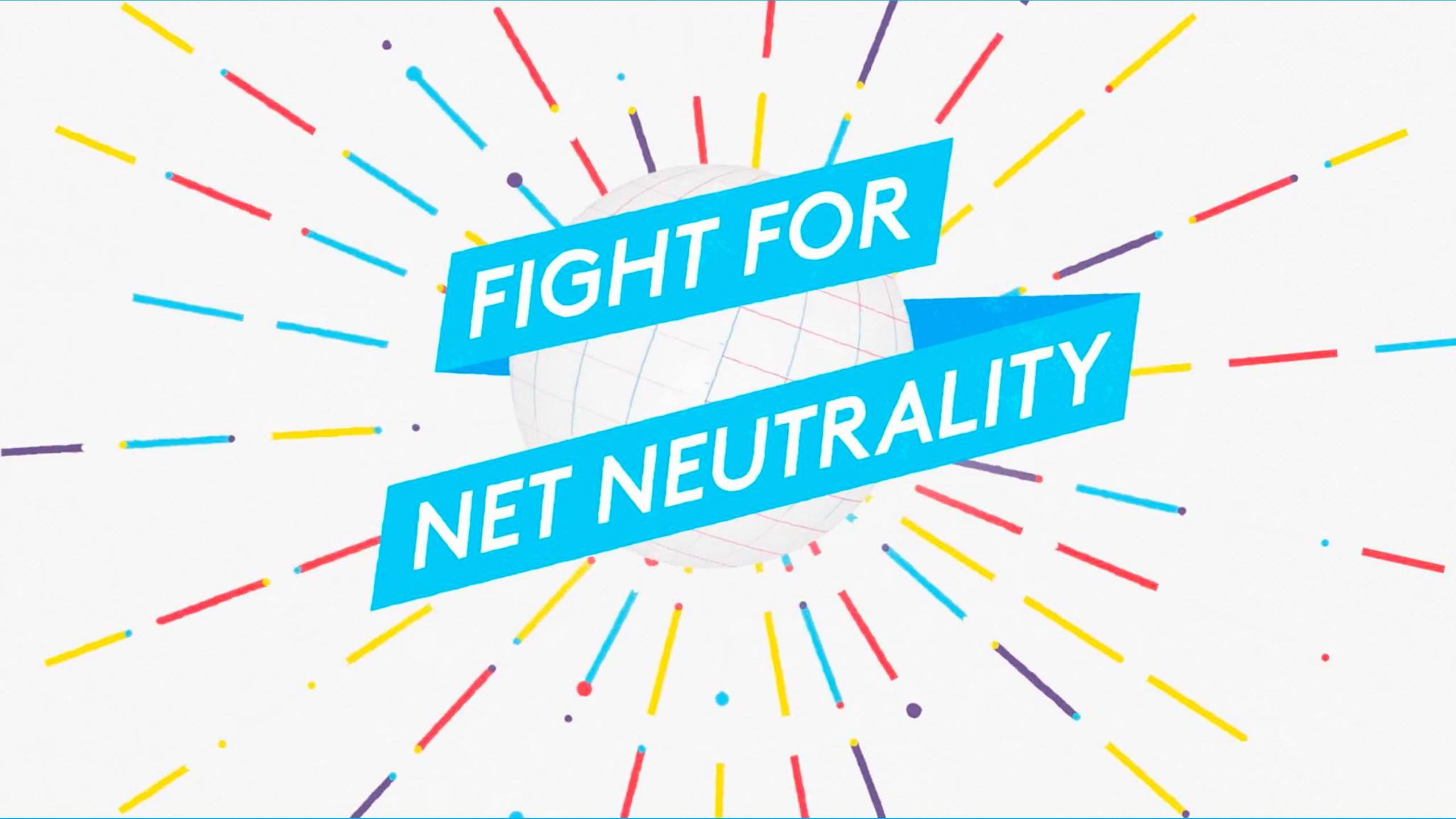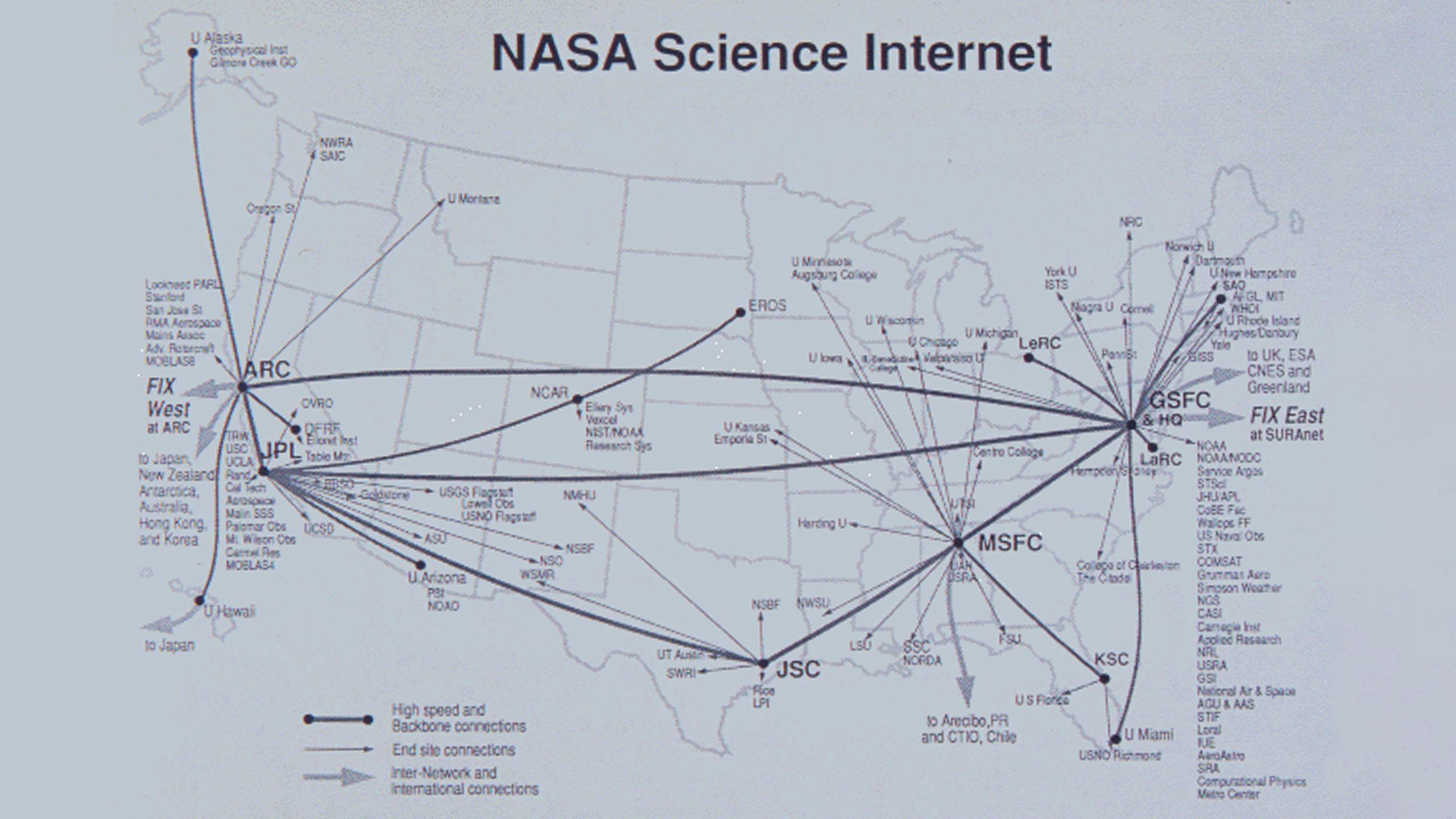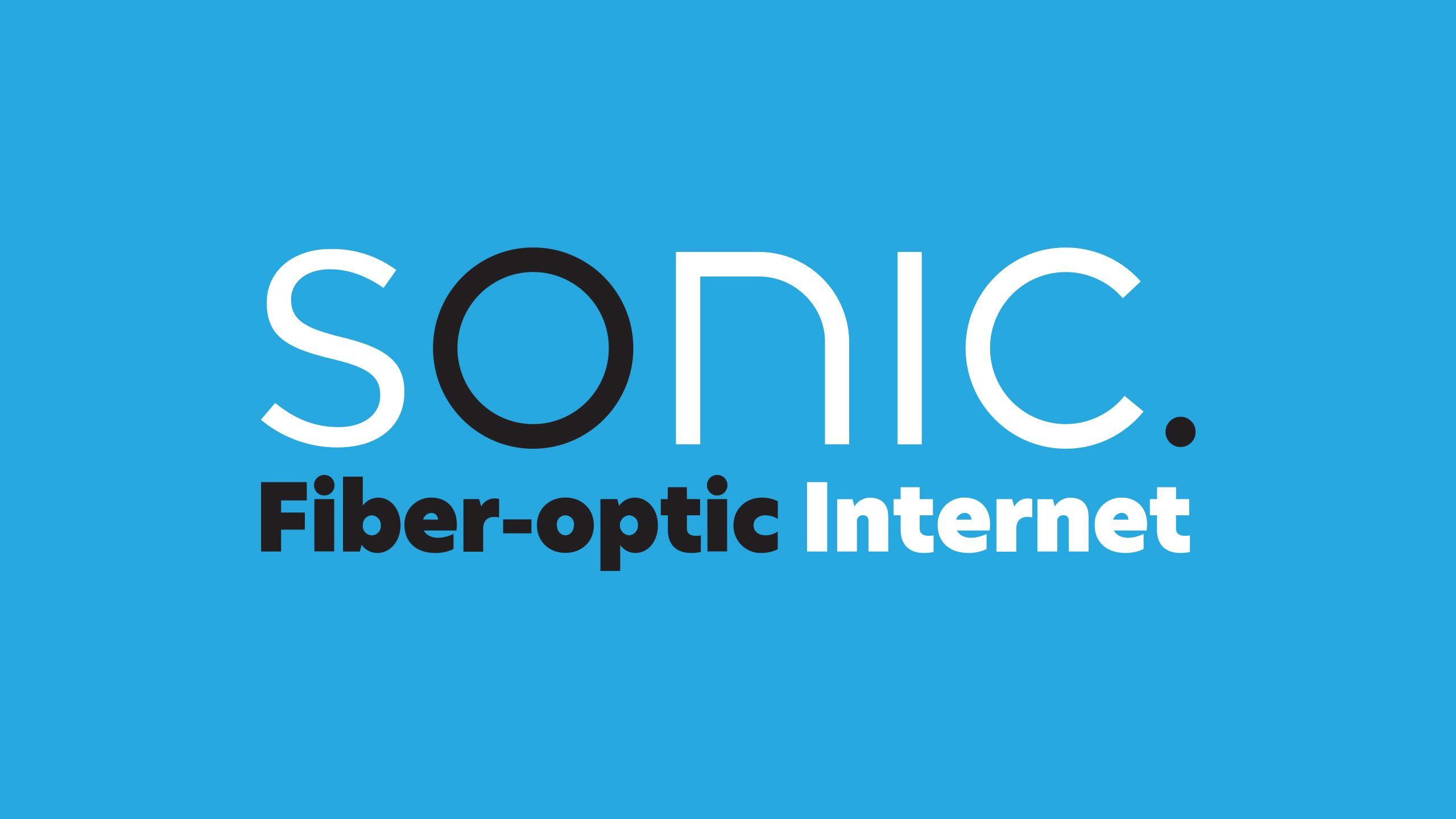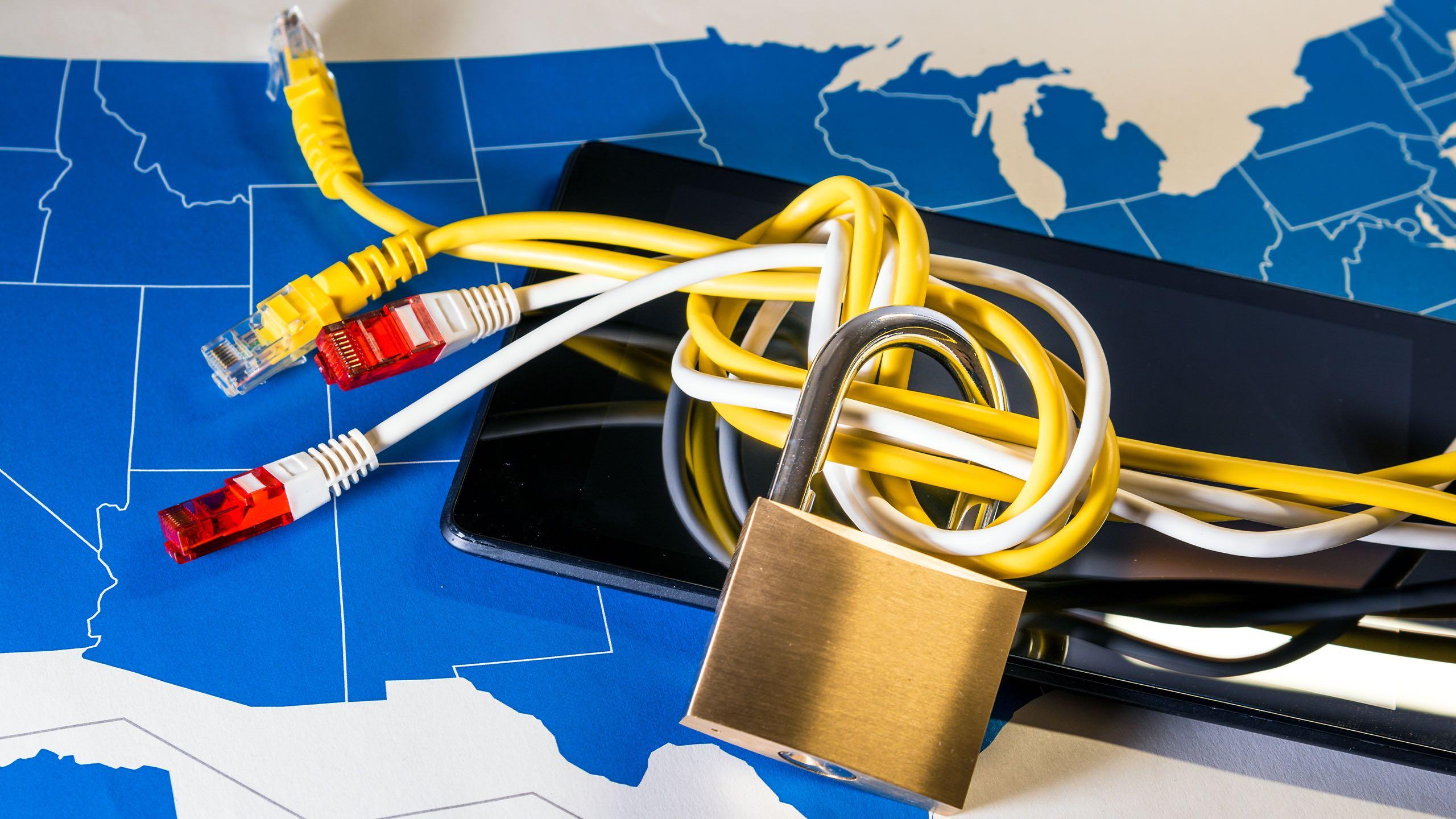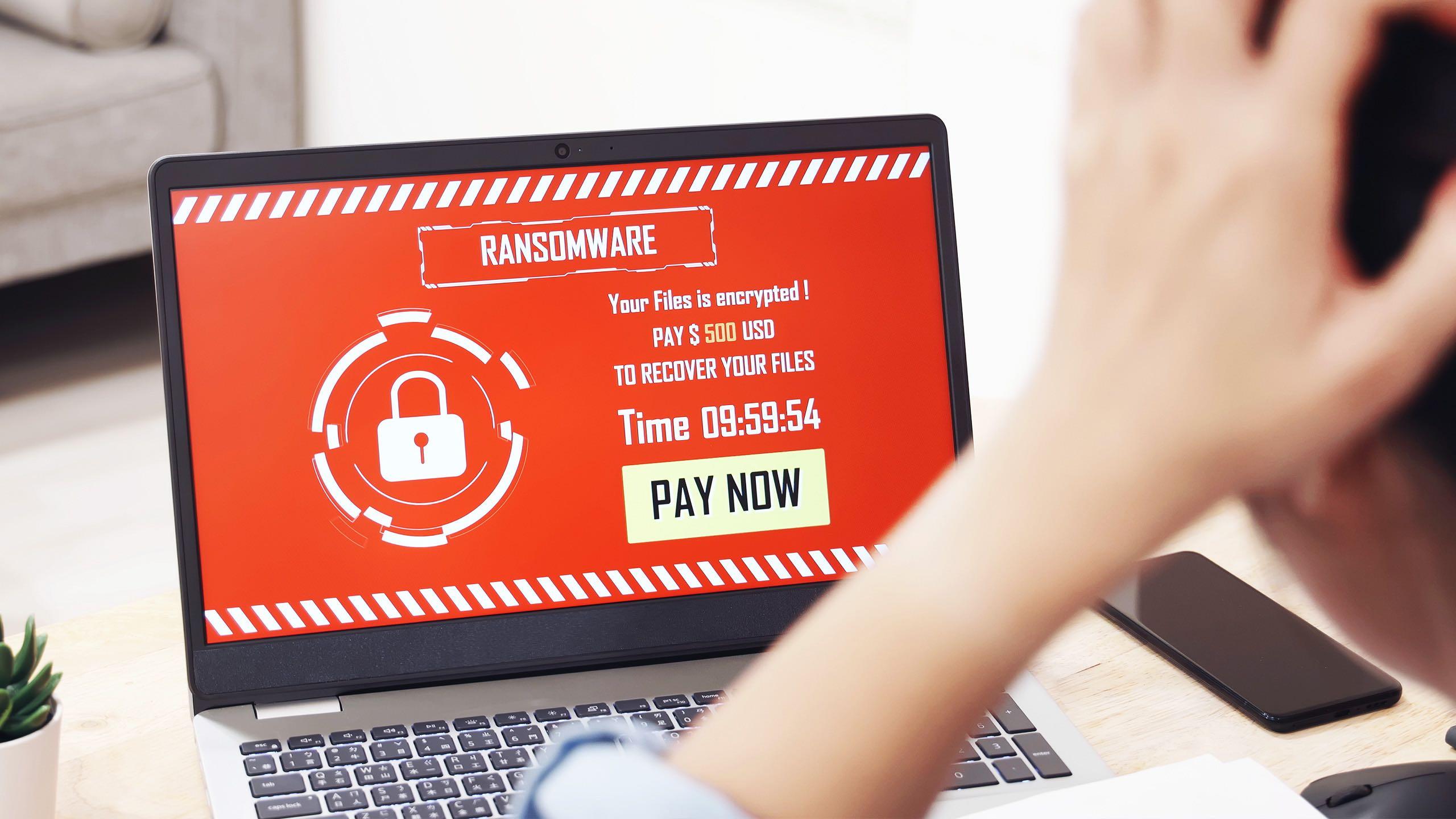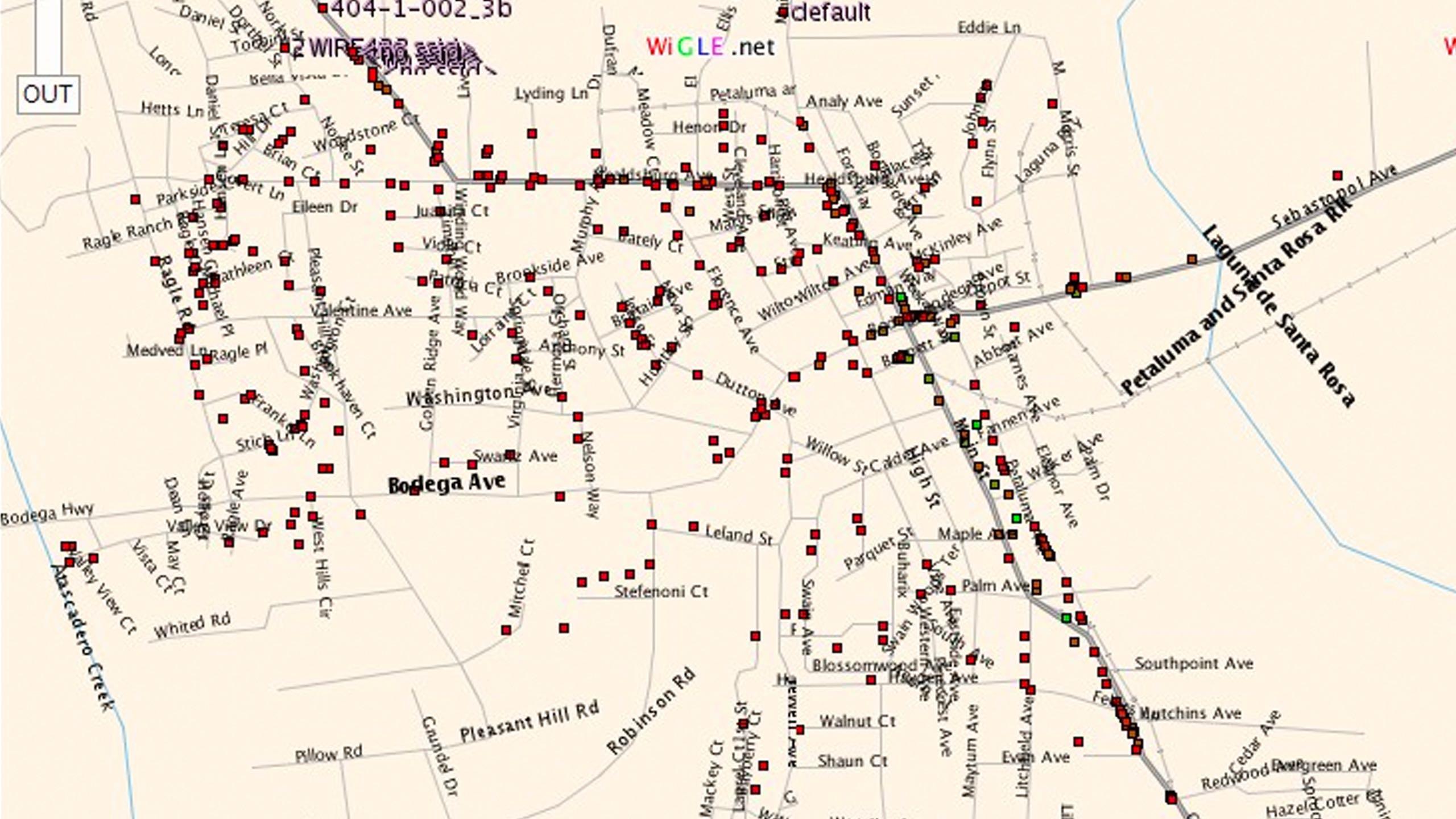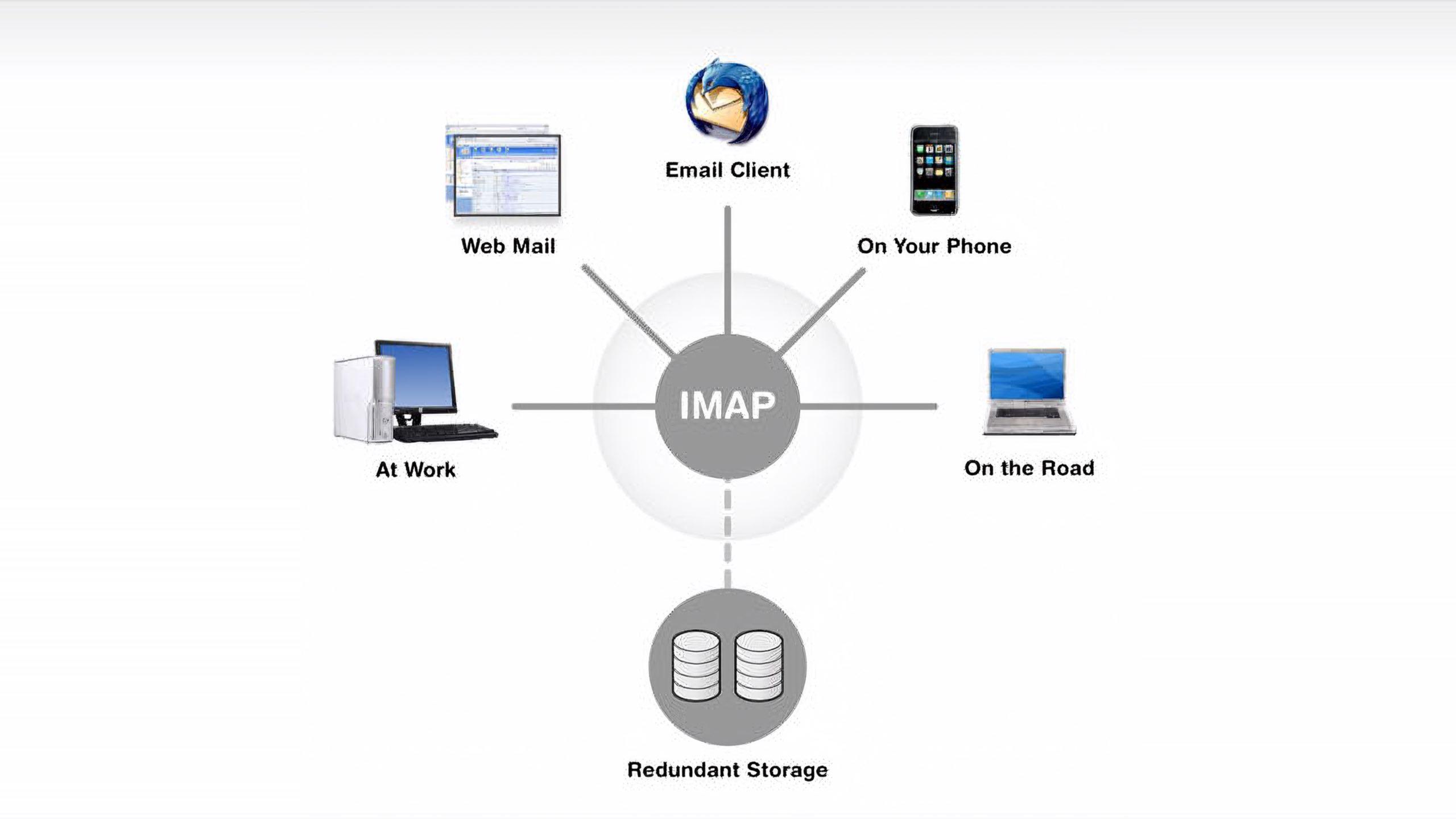We know that switching internet service providers can be a hassle and it shouldn’t be. So, we’re sharing five helpful tips for choosing the best ISP.

Internet Education
The more useful aspects of the internet may be complicated, but understanding their impact can be worth the time.
In a significant move towards consumer transparency, the FCC has mandated internet service providers to present clear, standardized information to consumers, a measure Sonic has wholeheartedly embraced.
How does light traveling through glass become the future of internet connectivity?
There are a number of threats to the Internet as a system for innovation, commerce and education today. They include net neutrality, the price of Internet access in America, performance, rural availability and privacy.
You have probably heard people talk about IP addresses, and perhaps you nod your head knowingly.
In 1996, Congress passed The Telecom Act to foster true competition in local communication services. And, it almost worked.
Write to your representatives in hopes of preserving your right to privacy online.
How can one of the most innovative and powerful countries in the world have the most inept internet?
Phishing is a growing problem on the internet, with criminals engaging in all sorts of ruses to steal personal and banking information.
How much Internet is too much? Apparently it’s 250 gigabytes, enough Internet content to fill up a $55 hard disk drive.
At first blush you probably would not expect the following to print “-1”; as you probably expect “system” to execute and return the return code from “echo”
Our low power mesh WiFi project has been slowly growing in coverage, and we are now serving between 250 and 300 users per day with free broadband access.
Reducing recurring junk postal mail is easy, and the time invested pays big dividends. There are quick and easy ways to reduce your mail flow.
Email is the Internet’s killer application. While the web is essential, it’s email that most folks use first, every day.
In the Carterphone decision of 1968, the Federal Communications Commission allowed customer-owned devices to be connected to telephone lines.
